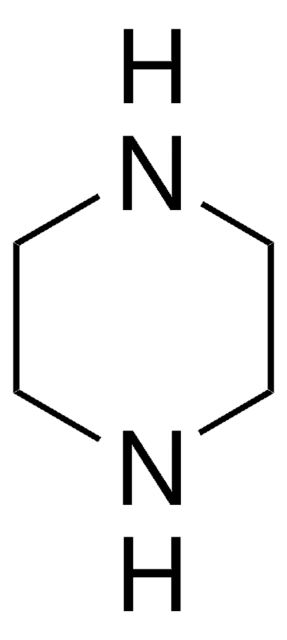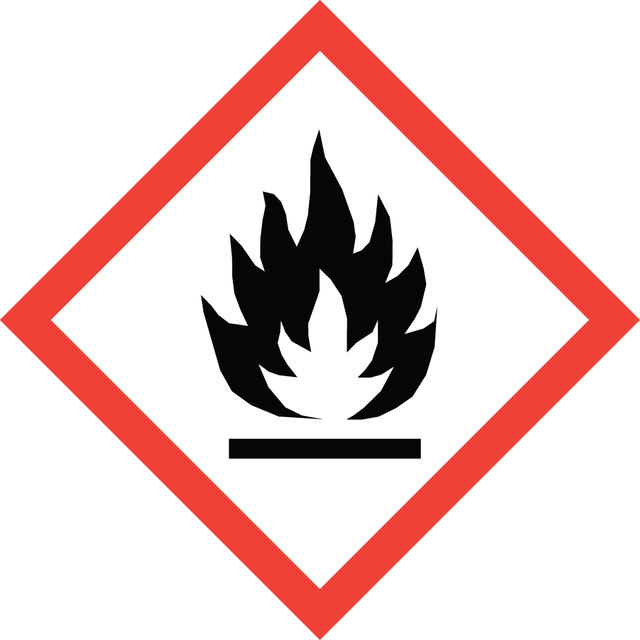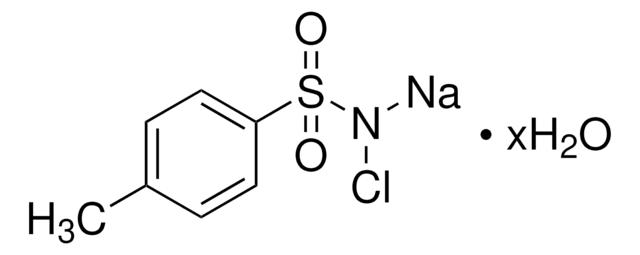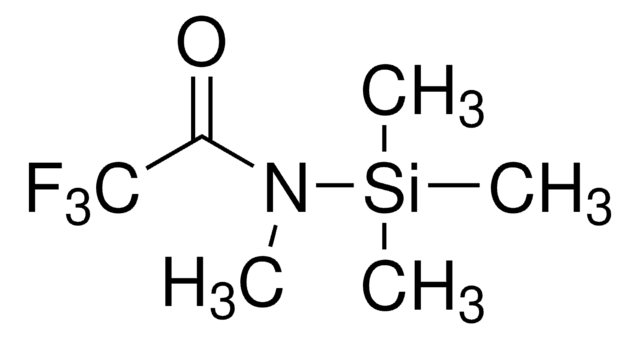Select a Size
All Photos(1)
Select a Size
Change View
About This Item
Empirical Formula (Hill Notation):
C5H5N
CAS Number:
Molecular Weight:
79.10
Beilstein/REAXYS Number:
103233
EC Number:
MDL number:
UNSPSC Code:
12352005
PubChem Substance ID:
NACRES:
NA.21
grade:
biotech. grade
assay:
≥99.9%
bp:
115 °C (lit.)
vapor pressure:
10 mmHg ( 13.2 °C)
20 mmHg ( 25 °C)
20 mmHg ( 25 °C)
Recommended Products
grade
biotech. grade
Quality Level
vapor density
2.72 (vs air)
vapor pressure
10 mmHg ( 13.2 °C)
20 mmHg ( 25 °C)
assay
≥99.9%
form
liquid
autoignition temp.
899 °F
expl. lim.
12.4 %
impurities
≤0.002% NH3
≤0.003% water
evapn. residue
<0.0003%
Looking for similar products? Visit Product Comparison Guide
Related Categories
General description
Pyridine (Pyr) is a nitrogen containing six membered heterocyclic compound commonly used as a base. It is a colorless liquid with a fishy odor. Pyridine moiety is present as a major component in a number of compounds like pyridine nucleotides, pyridine alkaloids, pyridine-based polymers and pyridine-containing macrocycles. It has wide application as a solvent, catalyst and as an intermediate for synthesis. IR, Raman and UV spectra of pyridine have been analyzed and the values obtained were used to calculate its thermodynamic properties. Photodegradation and bacterial degradation of Pyr has been studied.
Application
Pyridine may be used in the synthesis of the following:
- complexes with cobalt(II) halides
- pyridine-d 5, a deuterated form of pyridine
- ionic liquid matrices (ILMs)
signalword
Danger
Hazard Classifications
Acute Tox. 4 Dermal - Acute Tox. 4 Inhalation - Acute Tox. 4 Oral - Eye Irrit. 2 - Flam. Liq. 2 - Skin Irrit. 2
Storage Class
3 - Flammable liquids
wgk_germany
WGK 2
flash_point_f
68.0 °F - closed cup
flash_point_c
20 °C - closed cup
Choose from one of the most recent versions:
Already Own This Product?
Find documentation for the products that you have recently purchased in the Document Library.
Customers Also Viewed
Our team of scientists has experience in all areas of research including Life Science, Material Science, Chemical Synthesis, Chromatography, Analytical and many others.
Contact Technical Service










